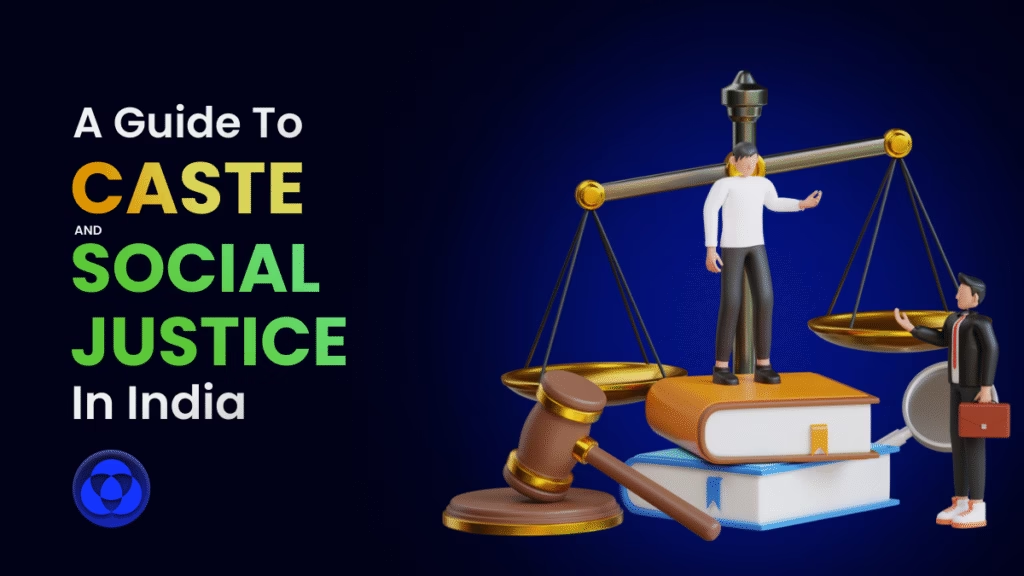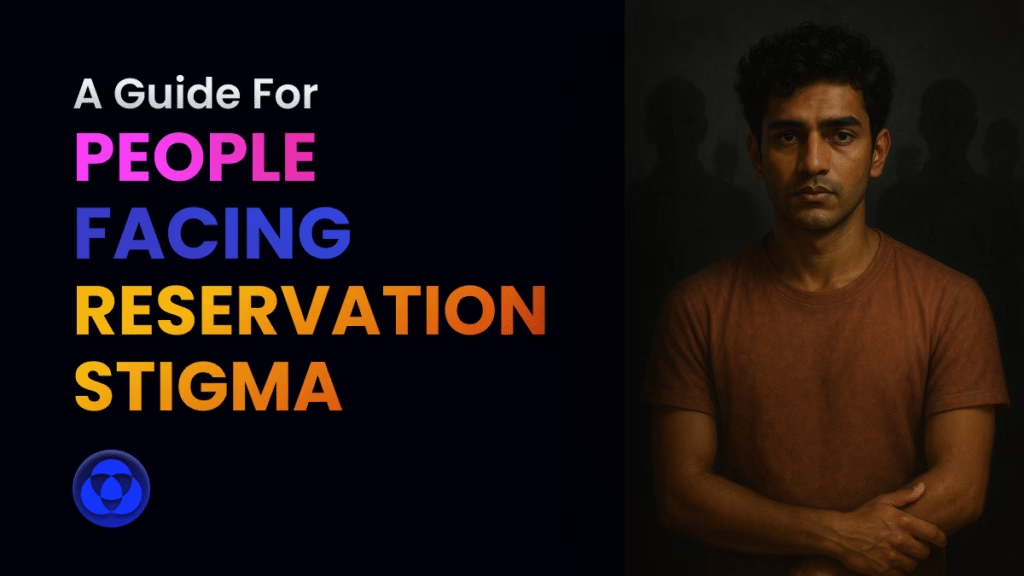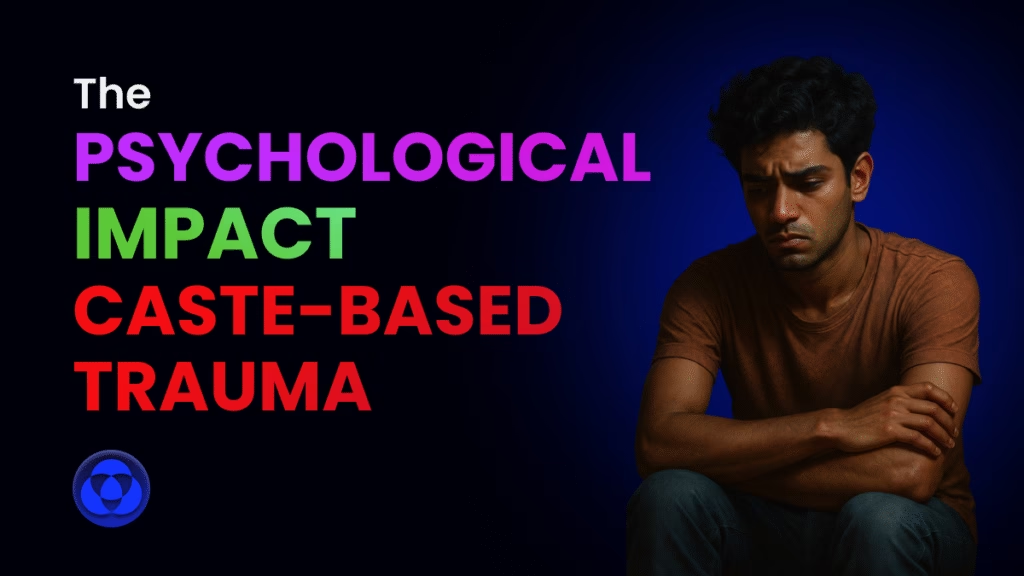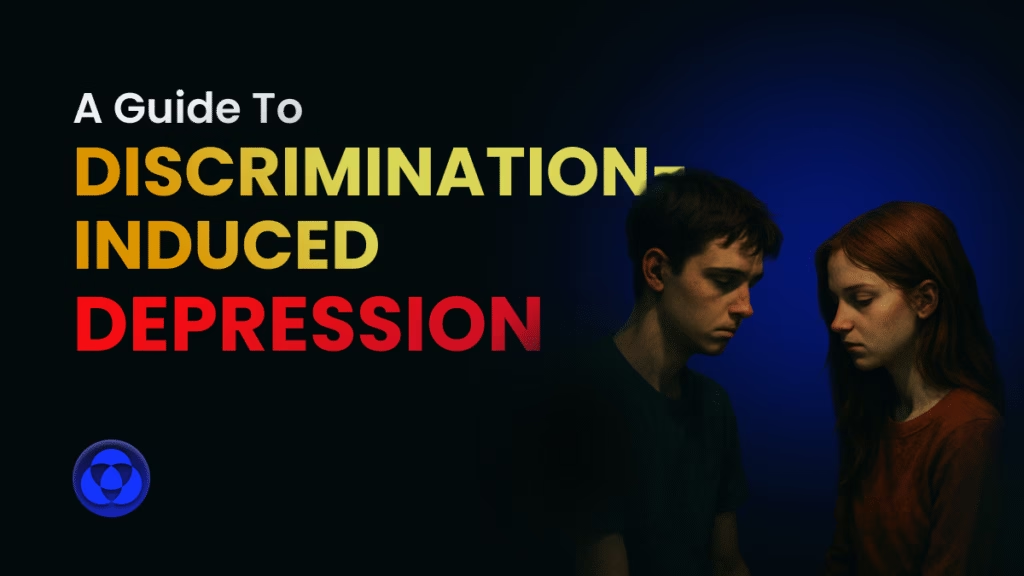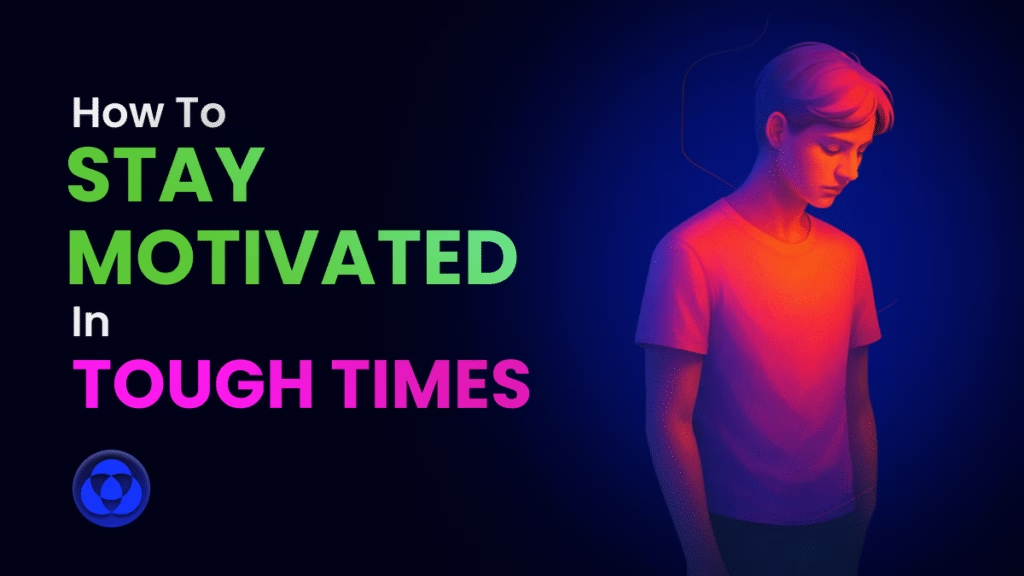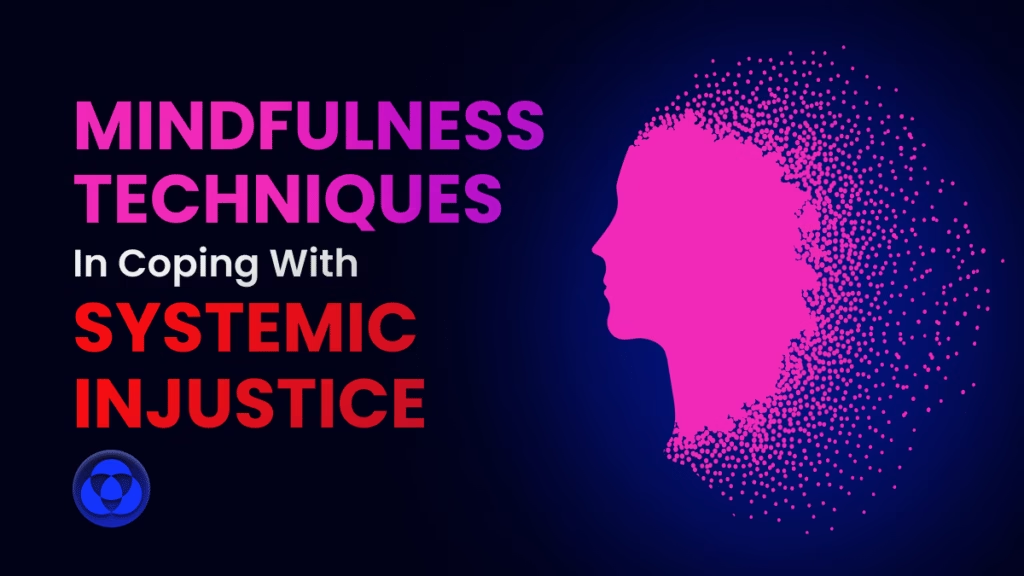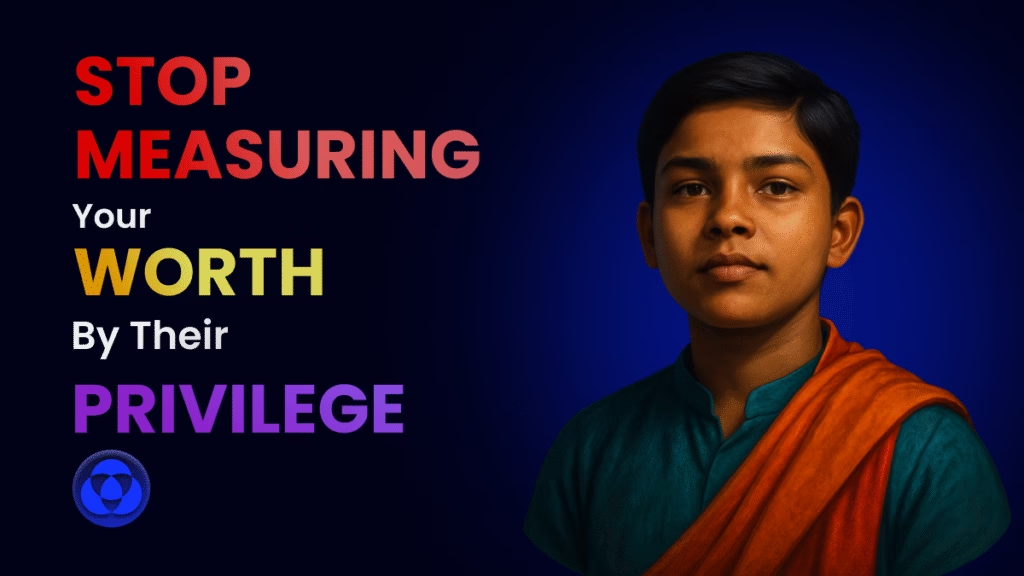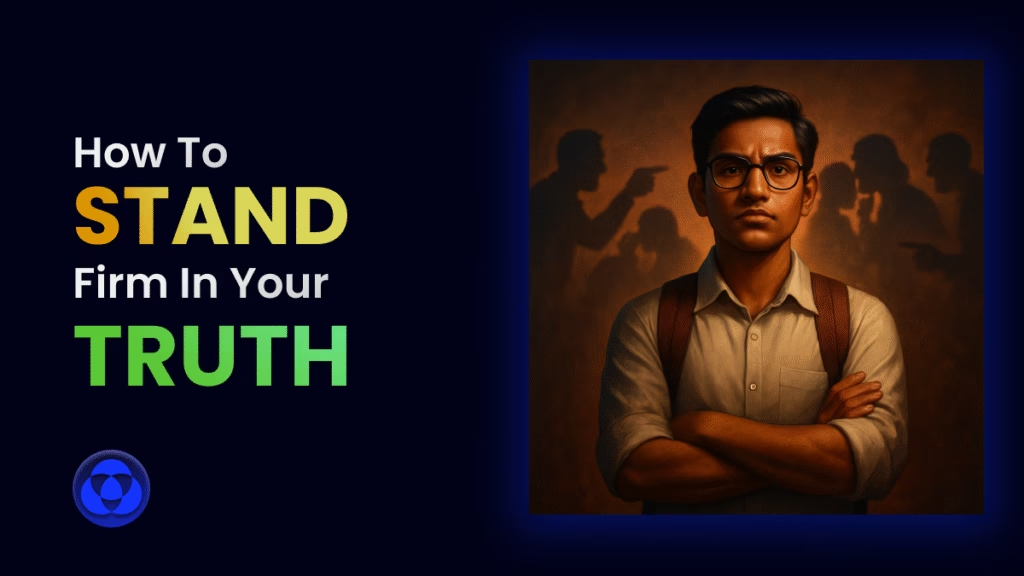Have you ever wondered why some people in India face different treatment based on their birth? Or why certain communities continue to struggle for basic dignity despite our country’s progress? Understanding caste and social justice is not just important for academic knowledge, it’s essential for creating a more equitable society where everyone can thrive regardless of their background.
This guide aims to provide a clear, straightforward introduction to caste and social justice in India. Whether you’re a student trying to understand these concepts for the first time, a professional navigating workplace discrimination, or a family seeking to educate the next generation, this resource is designed for you.
Understanding the Caste System in India
The caste system in India is a complex social structure that has existed for thousands of years. At its core, it’s a system of social classification that divides people into different groups based on birth and descent.
Origins and Structure
Originally centered around the concept of varna, the traditional system consisted of four main categories:
- Brahmins: Priests and scholars at the top of the hierarchy
- Kshatriyas: Rulers and warriors
- Vaishyas: Traders, merchants, and farmers
- Shudras: Laborers and service providers
Outside this four-fold division were the most oppressed communities—the Dalits (formerly called “untouchables”) and Adivasis (tribal communities), who faced severe discrimination and were denied basic human dignity.
Over time, this system evolved to include thousands of sub-castes or jatis, making it increasingly rigid and complex. Today, there are approximately 3,000 castes and 25,000 sub-castes in India.

Key Characteristics
Sociologist G.S. Ghurye identified six main features of the caste system:
- Birth-based membership: Your caste is determined by the family you’re born into
- Hierarchy: A clear ranking system with Brahmins traditionally at the top
- Restrictions on food and social interaction: Rules about who can eat with whom
- Segregation: Different castes often lived in separate areas
- Hereditary occupations: Jobs passed down through generations
- Endogamy: Marriage restricted within one’s own caste
Caste and Everyday Life in Modern India
Despite constitutional protections and decades of progress, caste continues to influence many aspects of Indian society today.
Education
The effect of the caste system on education has been particularly harmful. Studies show that one-half of all poor children in India belong to the Dalit community. While school attendance among Dalit children has improved from 64% to 77% in recent years, this still lags behind the 84% attendance rate among children from other castes.
Many Dalit children are forced to abandon education to work and support their families, perpetuating cycles of poverty and limited opportunity. This is often due to multiple systemic barriers such as denial of access to loans for higher studies, lack of quality coaching and educational support, financial instability, and the burden of family responsibilities that fall disproportionately on them at a young age.
Employment and Economic Opportunity
Caste-based discrimination continues to affect employment opportunities and workplace treatment. Many people from marginalized communities face:
- Barriers to entering certain professions
- Wage discrimination
- Workplace harassment
- Limited advancement opportunities
Social Interactions
In daily life, caste discrimination can manifest as:
- Segregation in housing
- Exclusion from certain social gatherings
- Discrimination in access to public resources like water
- Differential treatment in public spaces
Atrocities and Violence
Despite legal protections, caste-based violence remains a serious concern. The Scheduled Castes and Tribes (Prevention of Atrocities) Act was specifically created to address rising cases of atrocities against disadvantaged sections of society. However, systemic discrimination continues within the justice system itself—Bahujan victims often face biased investigations, delayed trials, and even denial of FIR registration. The lack of Dalit and Adivasi lawyers and judges further deepens this injustice, making it harder for marginalized communities to access fair legal representation and outcomes. In many cases, it feels as though the law exists on paper but not in practice for Bahujan lives.
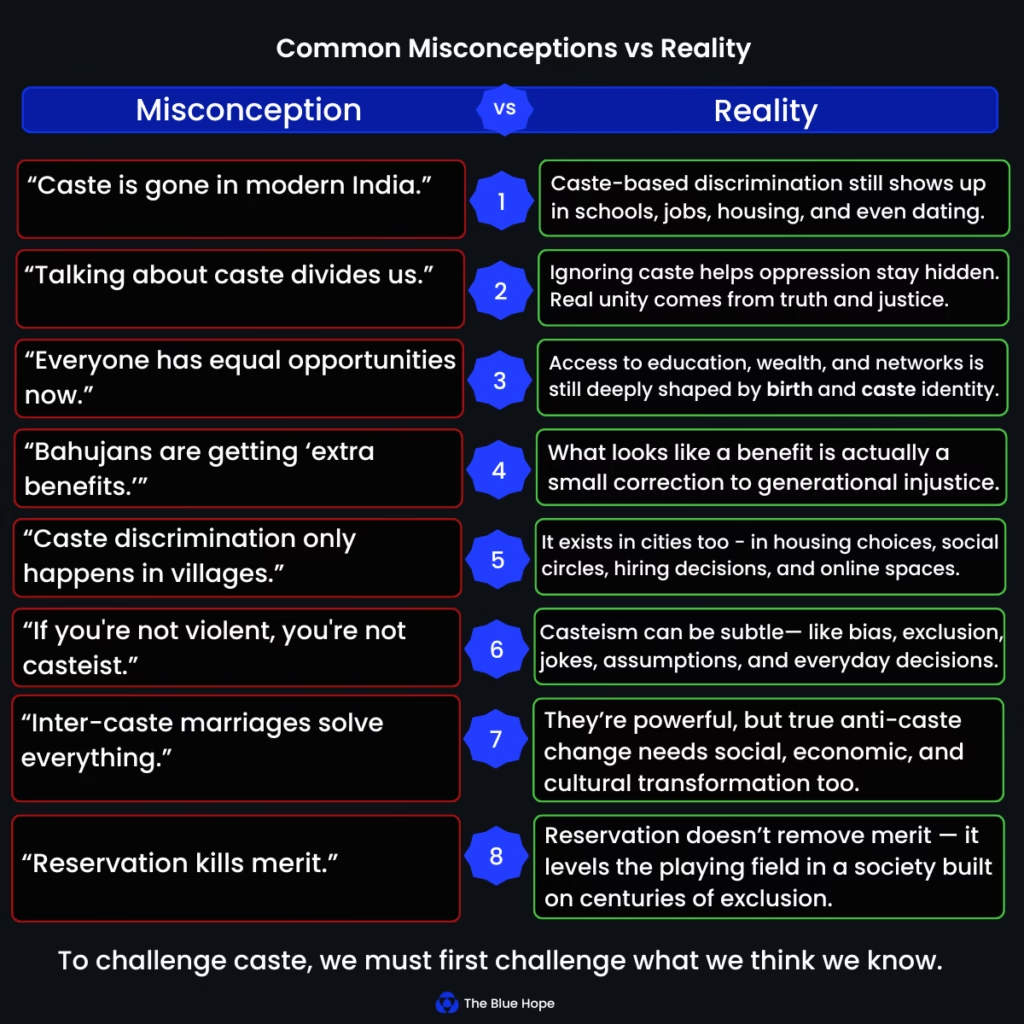
The Meaning of Social Justice in India
Social justice in India is directly linked to addressing the inequalities created by the caste system. At its core, social justice means creating a society where everyone has equal access to resources, rights, and opportunities regardless of their birth or background.
Key Principles of Social Justice
- Equal distribution of wealth, opportunities, and social rights
- Fair societal roles where individuals contribute to society and receive benefits in return
- Breaking barriers to social mobility and economic justice
In the Indian context, social justice is particularly focused on providing benefits, facilities, concessions, privileges, and special rights to communities that have historically been denied these opportunities.
Major Movements for Equality in India
India has a rich history of social movements that have fought against caste discrimination and pushed for greater equality.
Anti-Caste Movements
The struggle against caste oppression has been led by visionaries who challenged the status quo:
B.R. Ambedkar (1891-1956): The most well-known Dalit leader, Ambedkar was a brilliant legal scholar, politician, and vocal critic of the caste system. As the chief architect of the Indian Constitution, he built strong foundations for social justice in modern India. For Ambedkar, social justice meant liberty, equality, and fraternity for all human beings.
Jyotirao and Savitribai Phule: Pioneering social reformers who worked for the education and rights of women and lower castes.
Periyar E.V. Ramasamy: Led powerful anti-caste movements in South India, emphasizing self-respect and rationalism.
These leaders not only opposed colonial rule but also sought to eradicate the deep-rooted caste system that marginalized large sections of the population.
Post-Independence Movements
After 1947, various movements continued to push for the rights of marginalized communities:
- Dalit Movements: Organizations like the Republican Party of India (RPI) and more recently the Bhim Army have continued Ambedkar’s legacy.
- Tribal Rights Movements: The Jharkhand Movement fought for a separate state for tribal populations, bringing attention to the struggles of indigenous communities.
- Farmers’ and Workers’ Movements: Various agrarian and labor movements have addressed economic exploitation that often has caste dimensions.
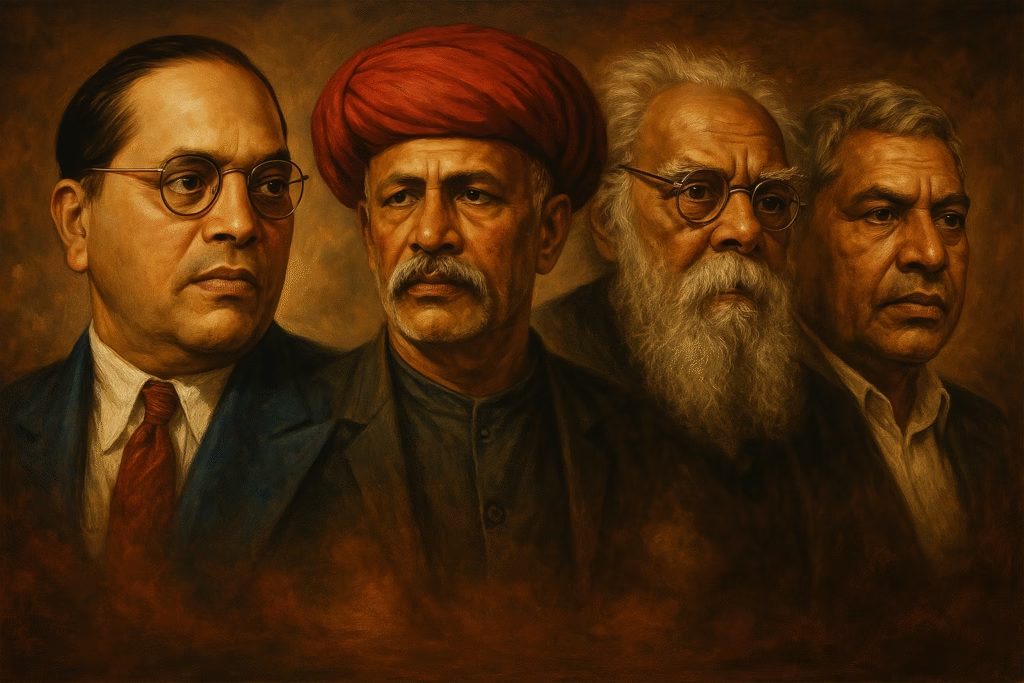
Constitutional Provisions and Legal Frameworks
The Indian Constitution provides several safeguards to promote social justice and protect marginalized communities.
Fundamental Rights
- Article 15: Prohibits discrimination on grounds of religion, race, caste, sex, or place of birth
- Article 17: Abolishes untouchability and makes its practice in any form punishable by law
Directive Principles of State Policy
- Article 38: The government should create a system in which justice is available to everyone in all parts of life. This includes justice in society, in the economy, and in politics. It means that all institutions in the country like schools, courts, workplaces, and government offices should treat people fairly, no matter their background, caste, or social status.
- Article 39: The government should make sure all people have a fair chance to earn a living. It means that everyone should be able to find work and support themselves with dignity. It also says that men and women should be paid equally when they do the same kind of work. This Article aims to reduce inequality and promote fairness in how resources and opportunities are shared in the country.
- Article 46: The government should give special attention to the education and economic development of Scheduled Castes (SCs), Scheduled Tribes (STs), and other weaker sections of society. It means the state should create policies and programs that help these communities access good schools, colleges, jobs, and other opportunities. The goal is to remove inequality and uplift those who have been historically oppressed and left behind. This Article also tells the state to protect these communities from injustice and social discrimination.
Specific Legislation
Two major laws address caste discrimination directly:
- Protection of Civil Rights (PCR) Act of 1955: It was made to stop and punish the practice of untouchability in India. This law says that no one can be denied access to public places like schools, temples, shops, water sources, or public transport just because of their caste. It protects the basic rights of Bahujans and other marginalized communities, making sure they are treated equally and with dignity. The Act also makes it a punishable crime to insult, threaten, or stop someone from exercising their civil rights because of untouchability. This law was one of the first legal steps taken by independent India to fight caste-based discrimination and move towards equality for all.
- Scheduled Castes and Tribes (Prevention of Atrocities) Act, 1989: Provides special courts and provisions to address crimes against SC/ST communities.
Reservation Policy
The Constitution enables the government to provide reservations in education, employment, and political representation for marginalized communities through:
- Articles 15(4) and 16(4): Empower the state to make special provisions for socially and educationally backward classes.
Challenges in Achieving Social Justice
Despite constitutional guarantees and legal protections, several challenges remain in the path toward full social justice.
Persistent Discrimination
Caste-based discrimination is not a thing of the past, it continues today in both obvious and hidden ways. Bahujans still face social exclusion, everyday humiliation, limited access to quality education, and discrimination in jobs, housing, healthcare, and public spaces. This discrimination can be open and violent, or subtle and systemic like being passed over for promotions, ignored in classrooms, or denied opportunities because of one’s caste identity.
Implementation Gaps
Even though India has strong constitutional provisions and laws like the SC/ST (Prevention of Atrocities) Act, the actual implementation is often weak. Many cases of caste violence go unreported, victims face pressure to stay silent, and justice is delayed or denied. Government schemes meant for the upliftment of marginalized communities often fail to reach those who need them the most, due to corruption, apathy, and social bias within institutions.
Economic Inequality
Caste and economic status are deeply connected in India. Marginalized communities are overrepresented among the poorest sections of society. Generations of exclusion from land, education, and resources have kept many families trapped in poverty. This economic inequality is not just a result of personal hardship but of systemic denial of opportunity. It continues to widen the gap in access to quality education, healthcare, jobs, and secure housing, reinforcing existing social hierarchies.
Awareness and Mindset
One of the biggest challenges in ending caste-based discrimination is changing the mindset of society. Many people, even the educated and privileged, still hold caste prejudices whether consciously or unconsciously. These beliefs influence everyday behavior, from social interactions to hiring practices. Breaking this cycle requires more than just laws; it demands honest conversations, anti-caste education, and a shift in how people see each other. True change starts when individuals question their own biases and commit to justice and equality in both thought and action.
Ways to Support Equality in Everyday Life
Each of us can contribute to building a more just society. Here are some practical steps:
For Students
- Educate yourself about caste history and social justice movements
- Question and challenge caste prejudices when you encounter them
- Form study groups that are inclusive of students from all backgrounds
- Participate in awareness campaigns in your educational institution
For Professionals
- Advocate for diversity and inclusion in your workplace
- Mentor colleagues from marginalized backgrounds
- Support anti-discrimination policies in your organization
- Report instances of caste-based harassment or discrimination
For Families
- Teach children about equality and respect for all
- Challenge caste prejudices within family discussions
- Practice inclusion in social gatherings and community events
- Support inter-caste marriages and relationships
For Everyone
- Amplify marginalized voices rather than speaking for them
- Support businesses and organizations led by people from marginalized communities
- Engage with art, literature, and media created by Dalit, Adivasi, and Bahujan creators
- Vote for candidates who prioritize social justice issues
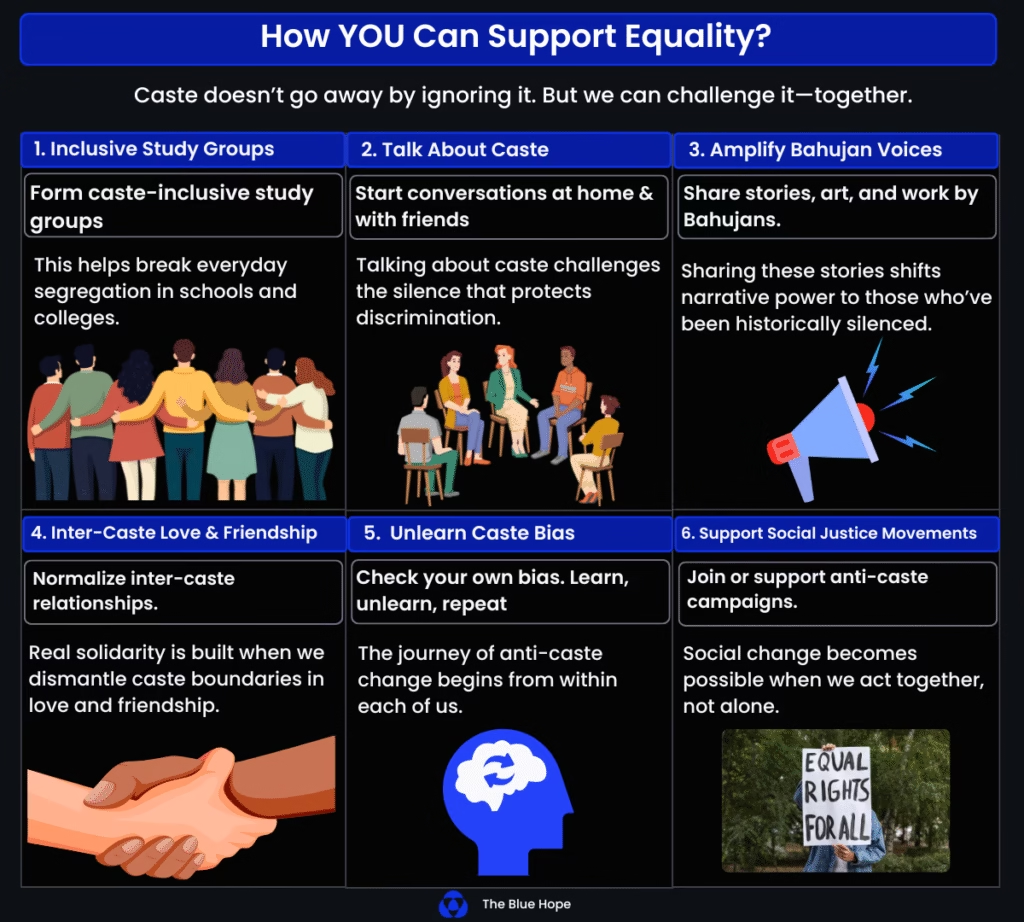
Common Questions About Caste and Social Justice
Q1: Is caste discrimination still relevant in urban, educated settings?
Yes. While the forms may be more subtle, caste discrimination persists even in urban and educated environments. It can manifest in housing discrimination, workplace bias, and social exclusion.
Q2: How does caste intersect with other forms of identity like gender?
Women from marginalized castes often face “double discrimination” based on both their gender and caste. This intersectionality creates unique challenges that require specific attention.
Q3: Isn’t reservation unfair to those who don’t benefit from it?
Reservation is a form of affirmative action designed to address historical injustices and structural inequalities. Rather than being unfair, it attempts to level a playing field that has been uneven for centuries.
Q4: How can I determine if something is caste discrimination?
Ask yourself: Would this treatment be different if the person belonged to a different caste? Is someone being denied opportunities, dignity, or rights based on their birth identity? These questions can help identify caste discrimination.
Things to Be Aware of When Discussing Caste and Social Justice
Avoid Common Misconceptions
- “Caste no longer matters in modern India”: This is a common myth, but statistics and studies show that caste still deeply affects education, employment, housing, and access to justice. Marginalized communities face discrimination in schools, workplaces, and public spaces, while caste-based violence and exclusion remain serious issues across both rural and urban India.
- “Merit is being ignored due to reservations”: This is a misleading claim. It overlooks the deep structural barriers like poverty, caste discrimination, lack of access to quality education, and social exclusion that prevent marginalized communities from competing on an equal footing. Reservations are meant to create a level playing field, not to replace merit, but to ensure that everyone has a fair chance to develop it.
- “Talking about caste creates division”: This is often used to silence important conversations. But ignoring caste does not make discrimination disappear. In fact, acknowledging the realities of caste-based inequality is the first step toward justice and healing. Silence protects privilege while open discussion helps expose injustice, build awareness, and push for real change.
Be Mindful of Language
- Avoid using caste names as slurs or insults
- Don’t use euphemisms that hide the reality of caste discrimination
- Respect how people choose to identify themselves
Center Marginalized Voices
When discussing caste issues, it is important to center the voices of those who live with the realities of caste discrimination every day. Their experiences, struggles, and insights are vital for understanding the truth. Speaking over them, or assuming authority without lived experience, can erase their voices and reinforce the very inequality we aim to challenge. True solidarity means listening, learning, and making space for marginalized communities to lead the conversation.
This article is for educational purposes only. It aims to inform, inspire, and empower the Bahujan community while respecting diverse perspectives.
Key Lessons and Path Forward
Understanding caste and social justice in India is an ongoing journey. Here are the key takeaways:
- The caste system has deep historical roots but continues to impact modern Indian society
- Social justice in India is inextricably linked to addressing caste-based inequalities
- Constitutional provisions and laws exist to protect marginalized communities, but implementation remains challenging
- Everyone can contribute to building a more equitable society through education, advocacy, and everyday actions
The path toward a truly just society requires both structural changes and individual commitment. By understanding the history and current reality of caste, we can work together to create a future where dignity, opportunity, and justice are available to all, regardless of birth.
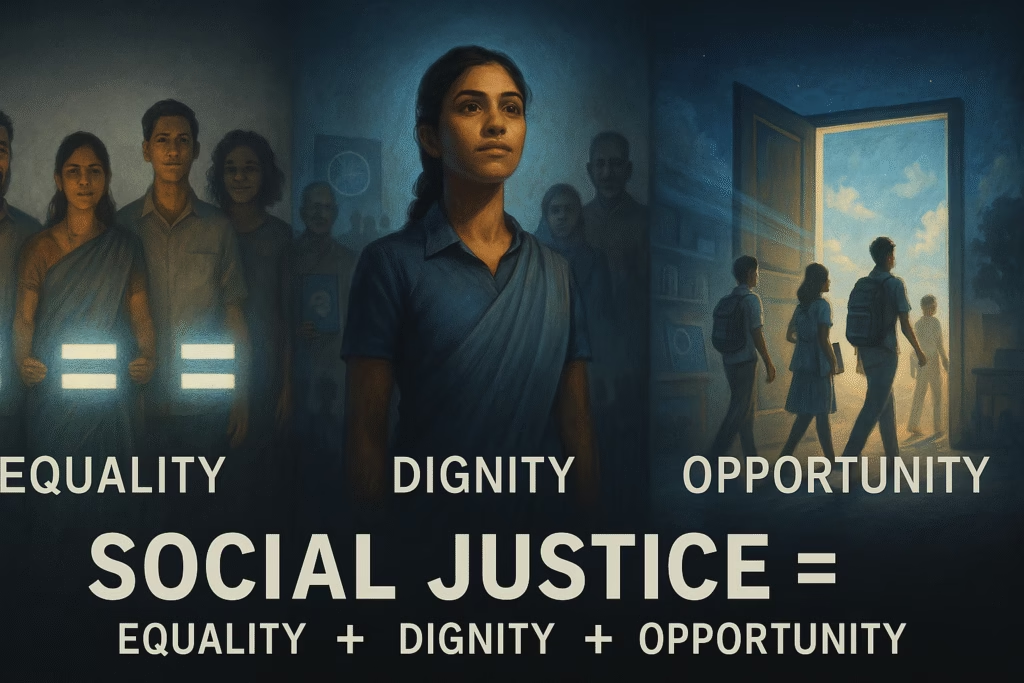
As Dr. Ambedkar said, “Political democracy cannot last unless there lies at the base of it social democracy.” Let us commit ourselves to building this social democracy, one conversation, one action, and one day at a time.
Let’s keep learning, unlearning, and standing up for each other because social justice begins with everyday courage.

